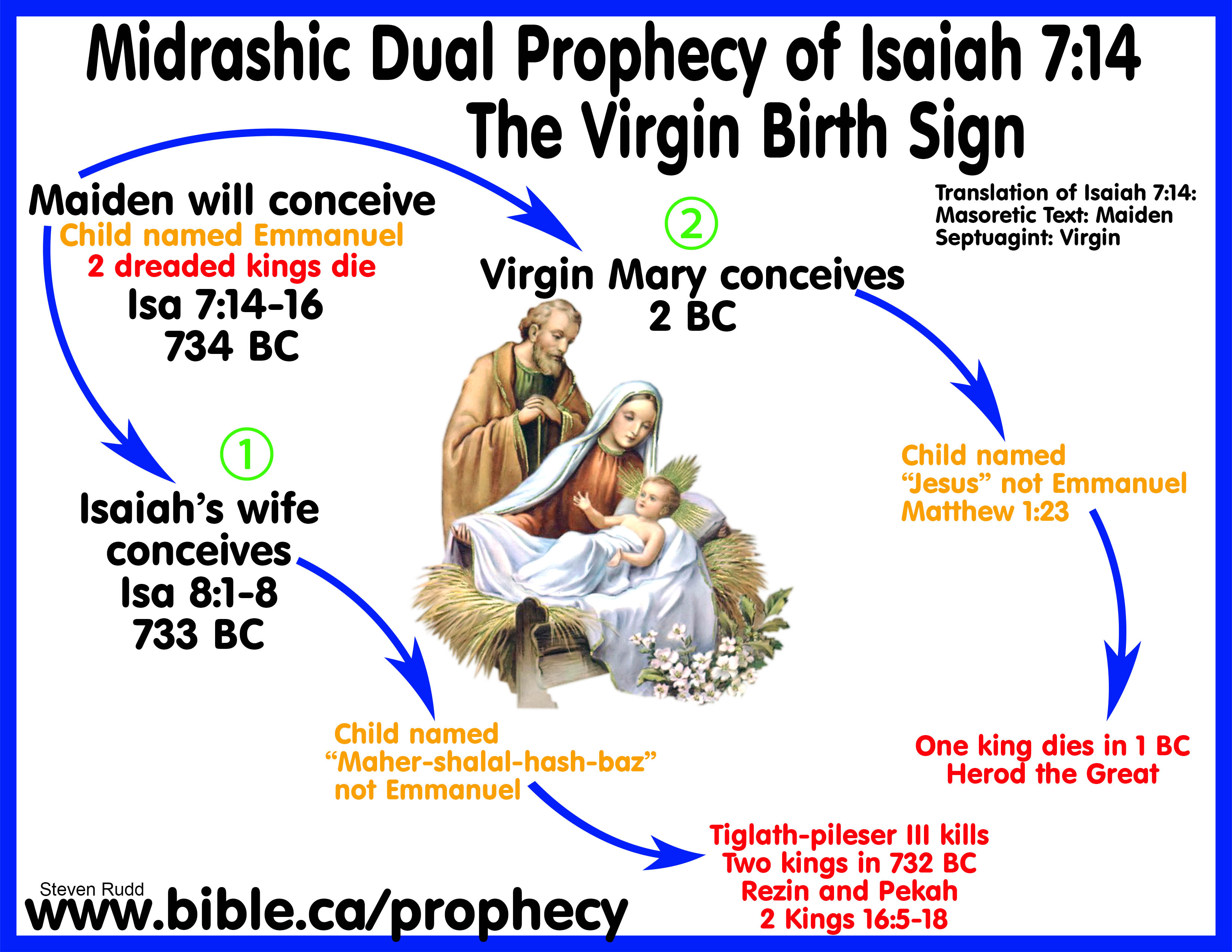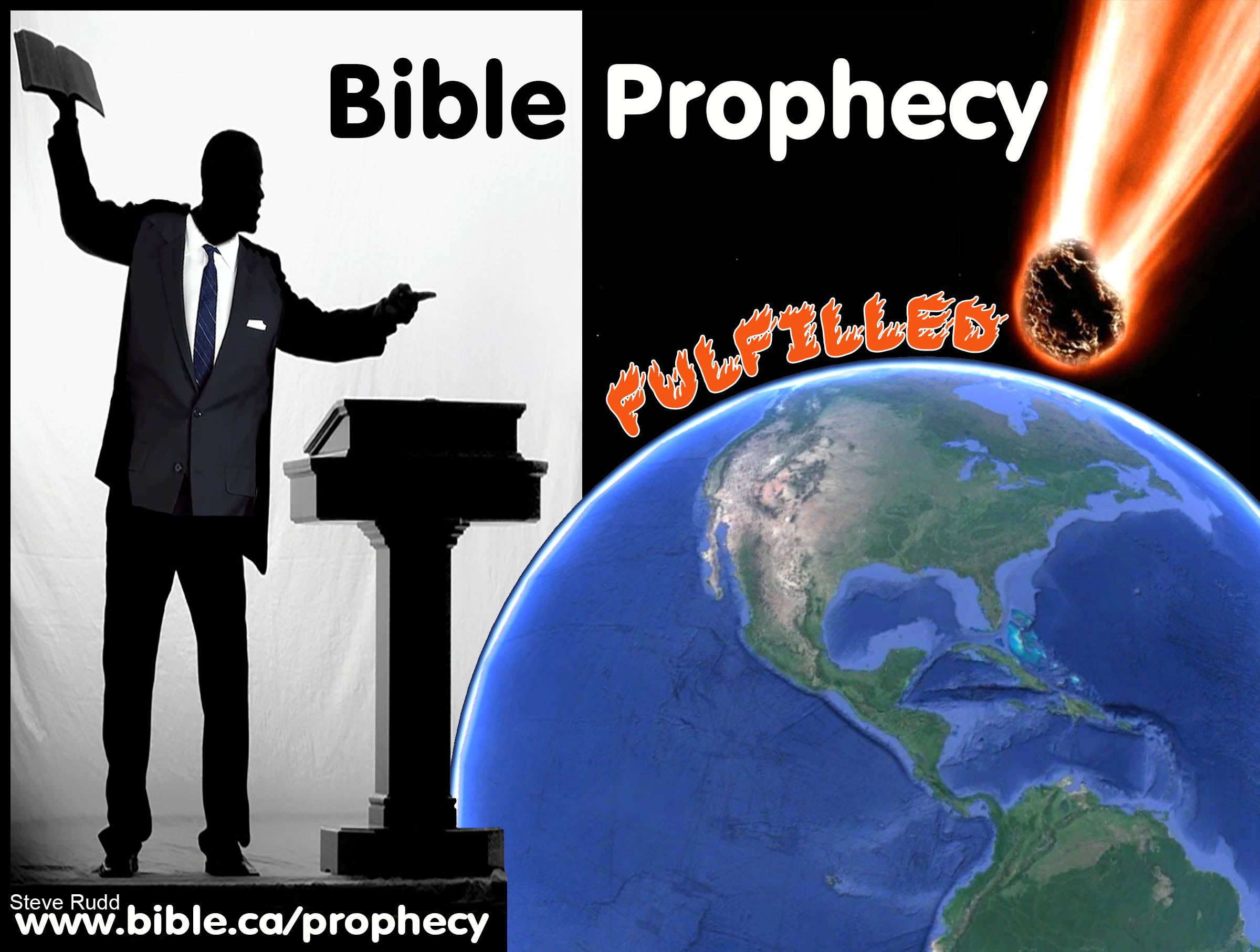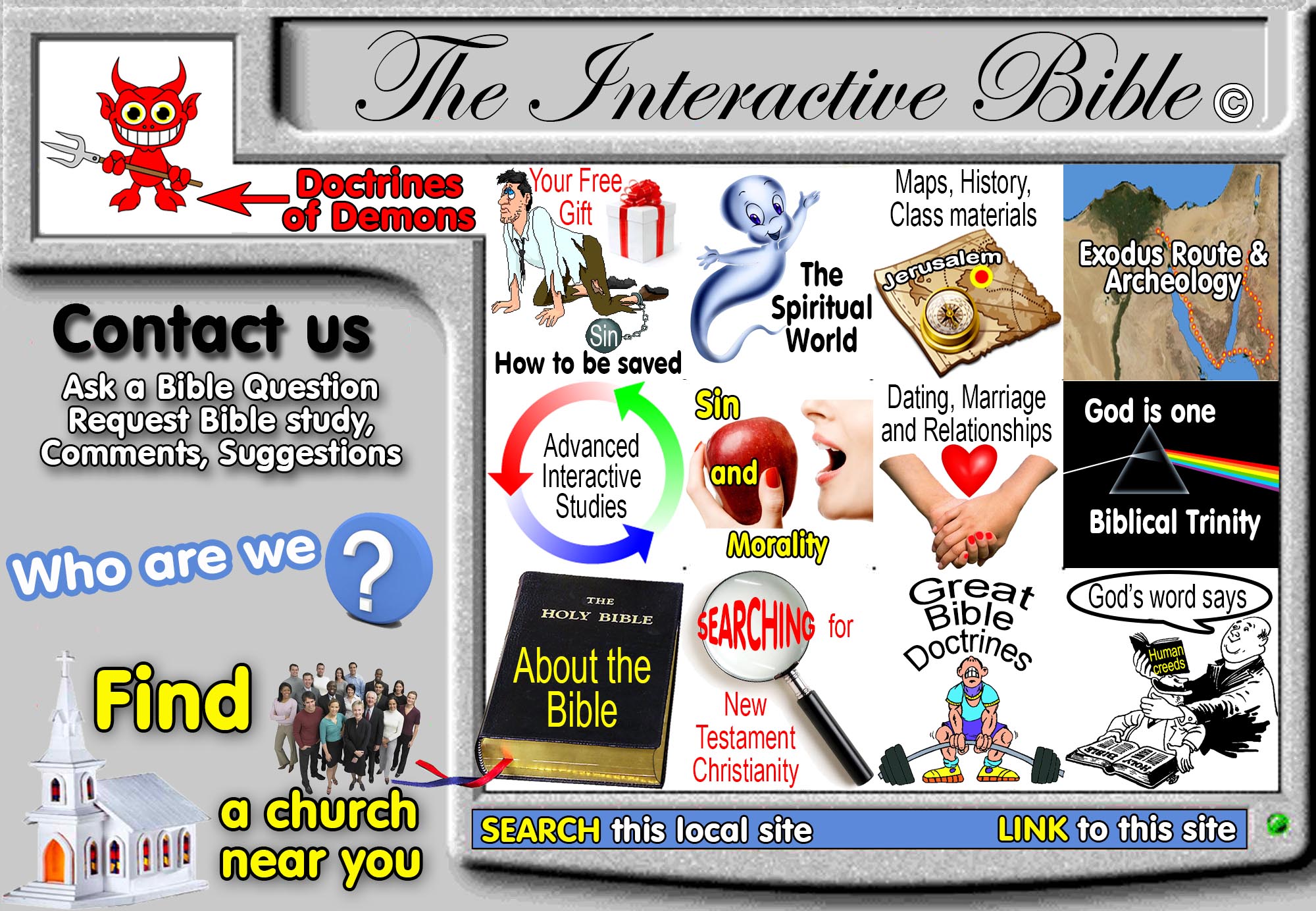Bible Prophecy Fulfilled: Isaiah 7:14 Virgin Birth
Midrashic dual prophecy of Isaiah 7:14 as a template to decode the Olivet Discourse:
1. The famous Isa 7:14 prophecy of the virgin had 100% fulfillment in Isaiah 8:3-4 in 732 BC, just a few years before the Assyrian captivity of 723 BC.
a. Isaiah had a child with his prophetess wife shortly before king Pekah died in 732BC as fulfillment of the prophecy (Isaiah 8:1-4)
2. We only learn Isaiah 7:14 is a messianic prophecy when Matthew comes along and applies it to Mary and Jesus in Matthew 1:23.
a. Yet the Temple scholars in Jerusalem understood it to be messianic and chose to translate the Greek Septuagint “virgin” as opposed to maiden.
b. “It is also fair to point out that Matthew’s interpretive method, throughout his writings, is quite typical of the best of ancient Jewish interpretation, reflecting literal interpretations, allegorical interpretations, plays on words, and Midrashic allusions. Thus, in the first two chapters alone, he cites Micah 5:1–2 (in Matt. 2:5–6), interpreted as a direct prophecy of the birth of the Messiah in Bethlehem; Hosea 11:1 (in Matt. 2:15), interpreted as a prophetic parallel (in other words, as it happened to Israel in its infancy, so also did it happen to Yeshua in his infancy; see vol. 4, 5.2); Jeremiah 31:15 (in Matt. 2:18), where Rachel is heard allegorically and poetically weeping for her children once again; and then, in all probability, Isaiah 11:1 and several other prophetic passages (in Matt. 2:23) as a play on words related to a title of the Messiah in the Tanakh (see vol. 4, 5.3). For Matthew—rightly so—the Hebrew Bible was the Messiah’s Bible, and therefore, given that (1) Yeshua was literally Immanuel, God with us, (2) the Immanuel prophecy was clearly directed to the house of David, (3) Miriam, Yeshua’s mother was an ʿalmah who had never known a man, and (4) the surrounding context in Isaiah contained highly significant Messianic prophecies, it is no wonder that Matthew pointed to Isaiah 7:14 as being “fulfilled” in the birth of Jesus the Messiah. Who else fulfilled it? Or put another way, since Matthew knew beyond a doubt that Jesus was the Messiah and since he knew that Yeshua was born of a virgin, was he wrong to quote Isaiah 7:14 in reference to Yeshua’s miraculous birth? Was it not another important link in the chain of promises and prophecies given to David and his line?” (Answering Jewish Objections to Jesus: Messianic Prophecy Objections, Michael L. Brown, Isaiah 7:14, p27, 2003 AD)
3. Christians today know it is messianic because it is identified as such in Acts 2:30. Even so, the text quoted in Acts by Peter only indirectly references 2 Sam 7. The primary messianic prophecies were Ps 132:11 and Ps 89:3f because they reference an “oath” and 2 Sam 7 does not mention any oath.
4. Neither Isaiah or Joseph called the promised child “Emmanuel”
a. Isaiah called the child “Maher-shalal-hash-baz” (Isaiah 8:3) The land was called Immanuel in Isaiah 8:8.
b. Joseph called the child Jesus: Matthew 1:25
5. Two kings forsaken:
a. The prophetic statement “when the child is young, the land whose two kings you dread (cf. 2 Kings 16:5) will be forsaken (ie. Rezin king of Aram and Pekah king of Israel)” (Isa 7:16) was fulfilled in 732 BC when Pekah was killed by Hoshea and shortly thereafter Rezin was killed.
b. Ahaz paid tribute to Tiglath-pileser III (aka Pul) for protection against Rezin, king of Damascus. Rezin is killed by the Assyrian king. The same year Pekah is killed: 2 Kings 16:5-18; 2 Chron 28:19-27. Ahaz made a model of the pagan altar in Damascus in the temple in Jerusalem and worshipped the Aramean pagan gods.
c. The messianic fulfillment involved the death of not two, but one dreaded king Herod the Great in 1 BC, who a few months before his death ordering the slaughter of the children of Bethlehem.
6. Selecting portions of a prophecy for its secondary fulfillment is typical Midrashic style and is useful as a guide in decoding the Olivet Discourse.
a. Neither child was called Immanuel.
b. Two kings were forsaken in the original fulfillment (Pekin and Rezin), but only one at the time of Jesus (Herod the Great).
7. This is typical Midrashic style and is useful as a guide in decoding the Olivet Discourse.
By Steve Rudd 2020: Contact the author for comments, input or corrections.


